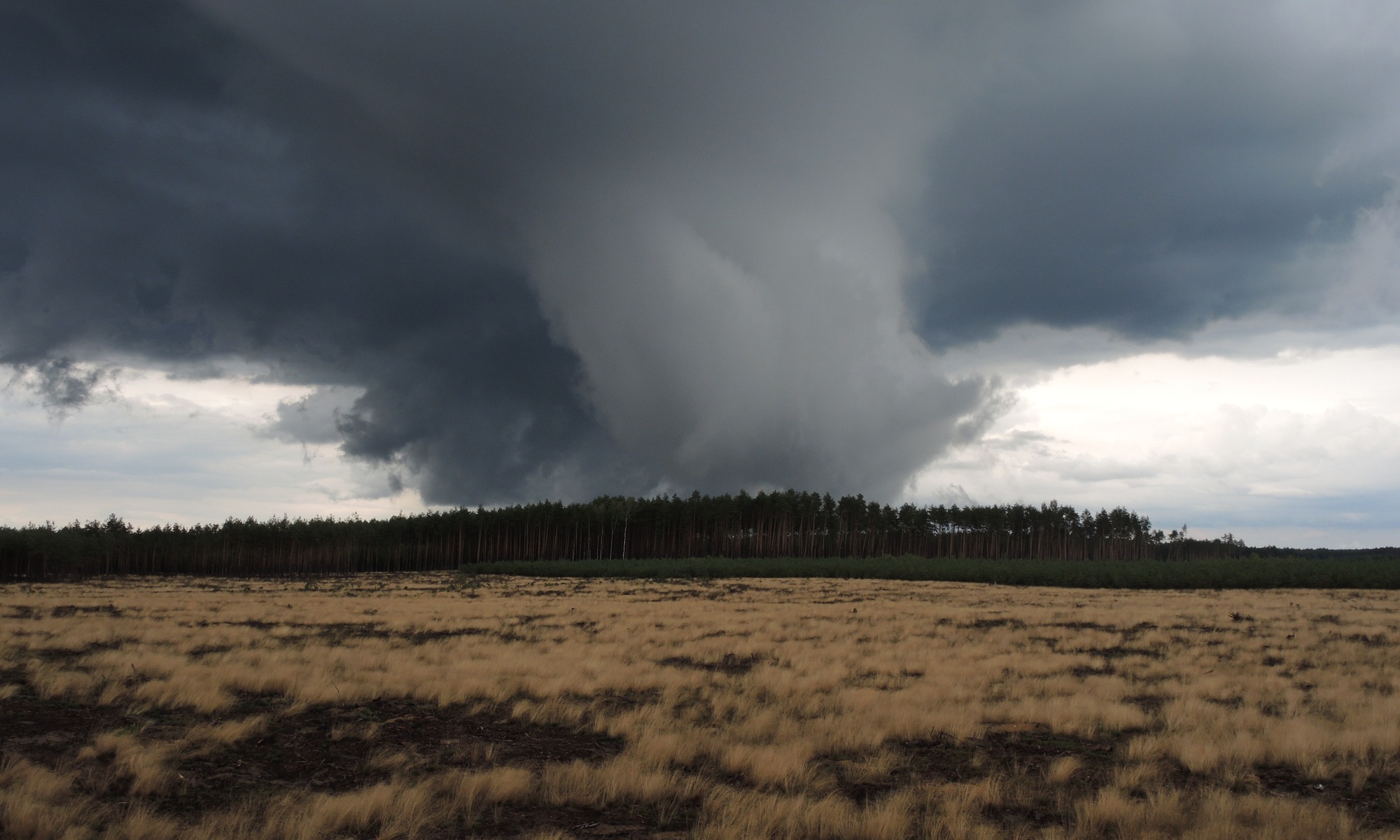I. Types of ICOS measurement stations
Atmospheric stations
It provides measurement of greenhouse gas concentrations and flows, examines the impact of atmospheric aerosols on global climate change processes, measures air quality and long-range transport of atmospheric pollutants. The basis is high meteorological tower (typically above 100 m), which performs measurements of atmospheric boundary layer at the regional and global levels. It provides continuous measurements of CO2, CH4, CO at each tall tower sampling height, periodical measurements of CO2, CH4, N2O, SF6, CO, H2, 13C and 18O in CO2 (weekly) and 14C at the highest sampling point. Continuous measurements of air temperature, relative humidity, wind direction and speed are required at the highest and lowest sampling height, further atmospheric pressure and planetary boundary layer height are mandatory parameters. Recommended parameters are measurements of 222Rn, N2O, O2/N2 and periodical weekly sampling of CH4 stable isotopes.
Ecosystem stations
It provides continuous data on greenhouse gases (CO2, H2O, in selected ecosystems also CH4 and N2O) concentrations and fluxes, as well as latent and sensible heat fluxes and radiation balance between studied ecosystems and the atmosphere. The basic equipment includes a meteorological tower with the typical height of several tens of meters (according ecosystem height) equipped with eddy-covariance system. Measured meteorological parameters are radiation (shortwave and longwave radiation), temperature, pressure, wind speed and direction and precipitation. Soil (temperature, humidity, chemistry) and biomass (leaf area index, biomass increment) characteristics are also monitored.
Oceanic stations
It measures CO2 and other gases between ocean surface and the atmosphere, either from ships or buoys.
Central Facilities
- Central Analytical Laboratory – precise calibration and analysis of air samples including radiocarbon
- Thematic centers (Atmospheric, Ecosystem, Oceanic) – quality control of all raw measurements and data evaluation following common data handling procedures
- Carbon Portal – central database accessible to end users; includes validated measured data and elaborated data products in the form of i.e. specialized maps and regular reports

